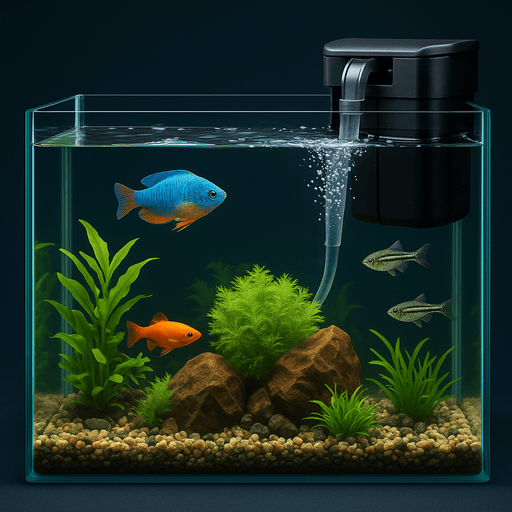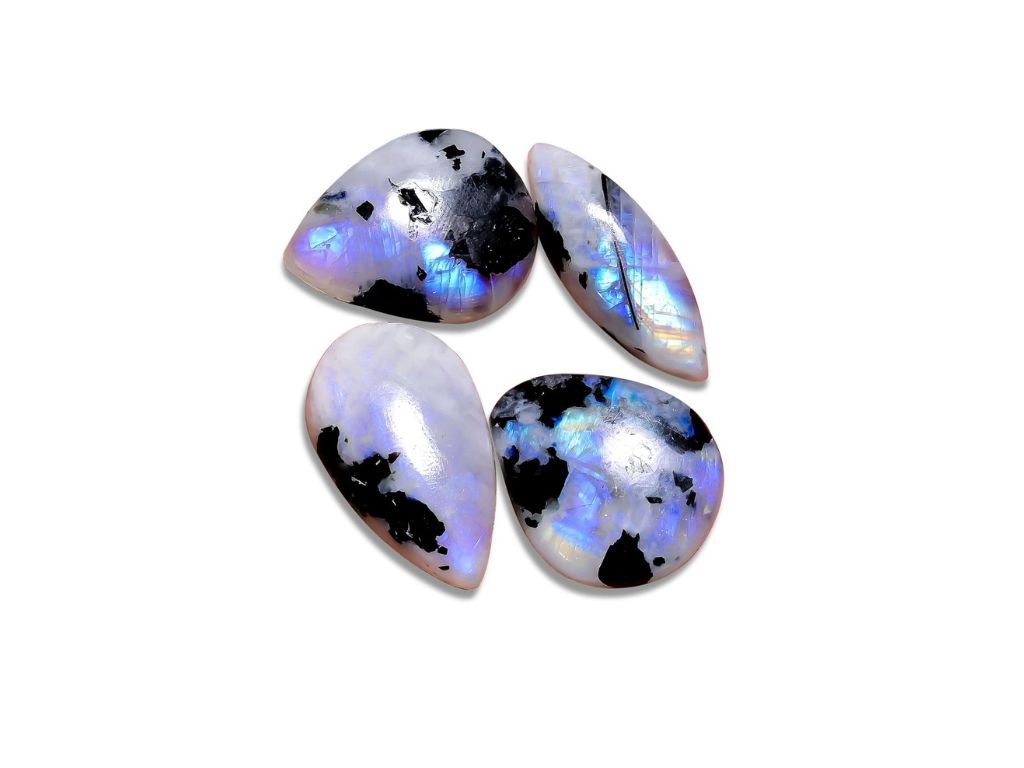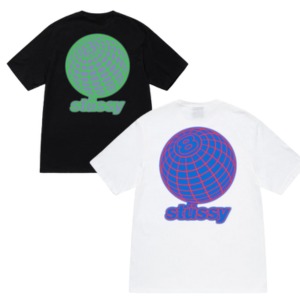Owning a beautiful aquarium can be one of the most rewarding experiences for any pet lover. However, maintaining a thriving underwater ecosystem requires more than just feeding your fish or decorating the tank—it requires keeping the water clean and healthy. This is where fish tank filters come in. These essential devices play a crucial role in maintaining water quality, ensuring your aquatic friends stay happy and healthy.
In this detailed guide, we’ll explore everything beginners need to know about fish tank filters—what they are, why they matter, the different types available, and how to choose the best fish tank filters tailored to your aquarium’s unique needs. Whether you’re setting up a small freshwater tank or a larger marine system, this guide will provide valuable tips and insights to enhance your pet care experience.
What Are Fish Tank Filters and Why Are They Essential?
Simply put, fish tank filters are devices designed to clean aquarium water by removing impurities. Over time, uneaten food, fish waste, plant debris, and harmful chemicals accumulate in the tank. Without proper filtration, these pollutants can quickly degrade water quality, causing stress or illness in fish.
Fish tank filters work by mechanically trapping particles, biologically breaking down toxic substances, and chemically removing harmful compounds from the water. This multi-layered filtration process is essential for:
- Maintaining crystal-clear water
- Keeping ammonia and nitrite levels safe
- Supporting beneficial bacteria growth
- Reducing algae growth
- Ensuring a stable and healthy aquatic environment
Understanding the importance of filtration is key to successful fishkeeping for beginners. A well-chosen filter not only improves water quality but also saves time and effort in tank maintenance.
Types of Fish Tank Filters and Their Benefits
Choosing the best fish tank filters starts with knowing the types of filtration available. Most filters incorporate a combination of three main types:
- Mechanical Filtration
This involves physically trapping debris and particles from the water. Materials like sponge pads or filter floss capture uneaten food, waste, and other solid particles. Mechanical filtration is crucial for maintaining water clarity and preventing waste buildup. - Biological Filtration
Biological filtration relies on beneficial bacteria that colonize filter media. These bacteria convert harmful ammonia produced by fish waste into less toxic substances like nitrites and nitrates. This natural process, known as the nitrogen cycle, is vital for a healthy tank ecosystem. - Chemical Filtration
Chemical filters use activated carbon or other chemical media to remove odors, discoloration, and dissolved toxins from the water. This filtration helps keep the water fresh and safe, especially in tanks with heavy feeding or overstocking.
Popular Filter Types
- Hang-On-Back (HOB) Filters are easy to install, suitable for small to medium tanks, and combine mechanical, chemical, and biological filtration.
- Canister Filters: Powerful external filters ideal for larger tanks; customizable media and excellent for complex setups.
- Sponge Filters: Great for breeding tanks and small aquariums; gentle filtration focusing on biological filtration.
- Internal Filters: These are submerged inside the tank and are suitable for small tanks. They provide mechanical and biological filtration.
Each filter type has unique advantages, and the best choice depends on your aquarium size and fish species.
How to Choose the Best Fish Tank Filters for Your Aquarium
When selecting a filter, consider these critical factors:
- Tank Size and Fish Species
The volume of water the filters can handle per hour is often called the flow rate (gallons per hour or GPH). A general rule is to choose a filter that can process the tank’s total volume at least 4-6 times per hour. For example, a 20-gallon tank needs a filter rated 80-120 GPH.
Certain fish, such as goldfish or cichlids, produce more waste and require more robust filtration. Conversely, some species prefer gentle water flow and delicate filtration.
- Flow Rate and Capacity
Avoid filters with a flow that is too strong for your fish, especially delicate or slow-moving species. Look for filters with adjustable flow settings or designed specifically for gentle water movement. - Ease of Maintenance
Beginners benefit from filters that are easy to clean and maintain. Filters with replaceable media cartridges simplify the process but can be more costly over time. Canister filters require less frequent maintenance but may be complex for new aquarists. - Noise Level
Quiet operation is essential, especially if the tank is indoors near living spaces or bedrooms. Read reviews or test noise levels before purchasing. - Budget
Prices range from affordable basic filters to high-end models with advanced features. Determine your budget, but prioritize quality and reliability over low cost.
Recommended Best Fish Tank Filters for Beginners
- AquaClear Power Filter (HOB type): Known for quiet operation and efficient 3-stage filtration.
- Fluval Canister Filter: Offers excellent customization and power for larger tanks.
- Tetra Whisper Internal Filter: Compact and quiet, suitable for small tanks and beginners.
- Hydor Sponge Filter: Ideal for breeding tanks and gentle filtration needs.
Installation and Maintenance Tips for Fish Tank Filters
Proper setup and upkeep ensure your filter works efficiently:
Installation
- Rinse all filter media before installation to remove dust or residues.
- Follow the manufacturer’s instructions carefully to avoid leaks or malfunctions.
- Place the filter in a location where water circulation covers the whole tank.
- Prime filters if required before turning on.
Maintenance
- Clean mechanical filter media weekly or as needed to prevent clogging.
- Replace chemical media monthly for maximum effectiveness.
- Avoid cleaning biological media with tap water to preserve beneficial bacteria—use tank water instead.
- Check flow rate regularly; reduced flow may indicate blockages.
- Schedule periodic full maintenance, but avoid complete cleaning at once to maintain the nitrogen cycle.
Troubleshooting
- If the filter is noisy, check for air bubbles or debris inside.
- If the flow decreases, clean the media and check the hoses or tubes.
- Persistent odors may require replacing chemical media or more frequent water changes.
Latest Trends and Innovations in Fish Tank Filters
The aquarium industry in the USA has been rapidly innovating, with new filter technologies designed for better water quality and ease of use.
- Eco-Friendly Filters: Many brands now offer energy-efficient, low-power filters that reduce environmental impact without sacrificing performance.
- Smart Filters: Integration of smart technology allows remote monitoring and automated maintenance reminders via smartphone apps.
- Advanced Media Options: New filter media types that enhance biological filtration or absorb specific toxins have emerged, improving water clarity and fish health.
- Compact Designs: Sleeker, quieter filters designed for modern homes are trending among hobbyists.
According to a 2025 report by the Pet Industry Distributors Association (PIDA), the demand for advanced aquarium filters in the USA grew by 15% in the past year, reflecting pet owners’ increasing investment in quality pet supplies to ensure optimal care. (Source: PIDA Annual Report 2025)
FAQs
- What is the best fish tank filter for small tanks?
For small tanks (under 10 gallons), sponge filters or small internal filters like the Tetra Whisper are excellent because they provide gentle filtration and are easy to maintain. - How often should I clean my fish tank filter?
Mechanical media should be rinsed every 2 weeks, chemical media replaced monthly, and biological media cleaned gently once every 1-2 months, depending on tank conditions. - Can I use multiple filters in one aquarium?
Yes, using multiple filters can improve water circulation and filtration efficiency, especially in large or heavily stocked tanks. - Are biological filters necessary for all fish tanks?
Yes, biological filtration is crucial in all tanks to break down toxic ammonia and maintain a healthy nitrogen cycle. - What signs indicate my fish tank filter isn’t working correctly?
Cloudy water, foul odors, increased fish stress or illness, and reduced water flow can indicate filter problems needing attention.
Conclusion
Choosing the right fish tank filters is fundamental for maintaining a vibrant and healthy aquarium. By understanding your tank’s specific needs, including size, fish species, and maintenance preferences, you can select the best filters to keep your water clean and your fish thriving.
Remember, regular upkeep and timely replacement of filter media maximize efficiency and help you avoid common pitfalls in aquarium care. Investing in quality filtration equipment from trusted USA pet supply retailers like KwikPets.com ensures you get reliable products that support your aquatic pets’ long-term well-being.
Happy fishkeeping starts with clean water, so choose your filter wisely and enjoy watching your underwater world flourish.
Latest USA Pet Supplies News and Research
Recent research by the Aquatic Animal Health Initiative (2025) emphasizes the importance of innovative filtration systems in preventing common fish diseases linked to poor water quality. Their study highlights filters with advanced biological media as game-changers for maintaining beneficial bacteria balance and reducing harmful pathogens in freshwater tanks. (Source: Aquatic Animal Health Initiative)
Furthermore, USA-based pet supply brands are increasingly adopting sustainable manufacturing practices, including recyclable filter media components and low-energy consumption designs. This trend aligns with the growing consumer demand for eco-conscious pet products and improved animal welfare standards.






